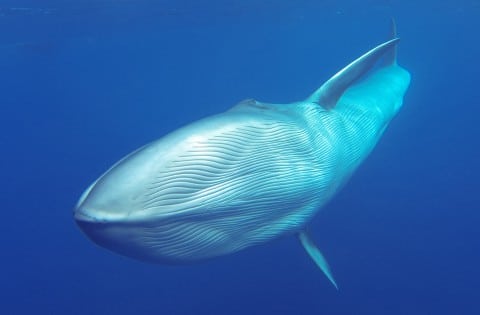Both the mighty whales and the playful dolphins belong to the cetaceans. Here we will give you a general overview of what you can see there.

The 90 different species of whales and dolphins belong to the biological order of cetaceans, within the class of mammals. They are descended from land mammals and like these they are warm-blooded and have lungs, so they have to come to the surface to breathe.
Their closest relatives include hippos, pigs, ruminants and camels.
There are two suborders:
The baleen whales or Mysticeti. These include the great whales (right whales, bowheads and grey whales) and the rorquals (such as the blue whale or Bryde’s whale).

With a brush-like structure in their upper jaws, the so-called baleen whales, they filter large quantities of food from the water. Their prey is very small compared to the size of the whales. The rorquals have developed the ability to absorb large amounts of water in one fell swoop into their huge “throat sac”, which inflates like that of a frog.
The toothed whales or odontoceti, including dolphins (to which killer whales and pilot whales also belong), sperm whales and beaked whales, feed on relatively large species, especially fish and cephalopods (e.g. squid and octopus). They are particularly specialised in echolocation, which enables them to detect and hunt prey at very long distances.


